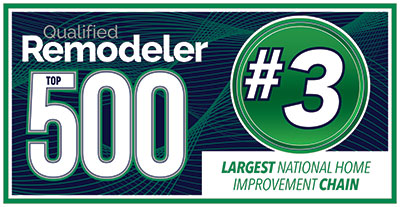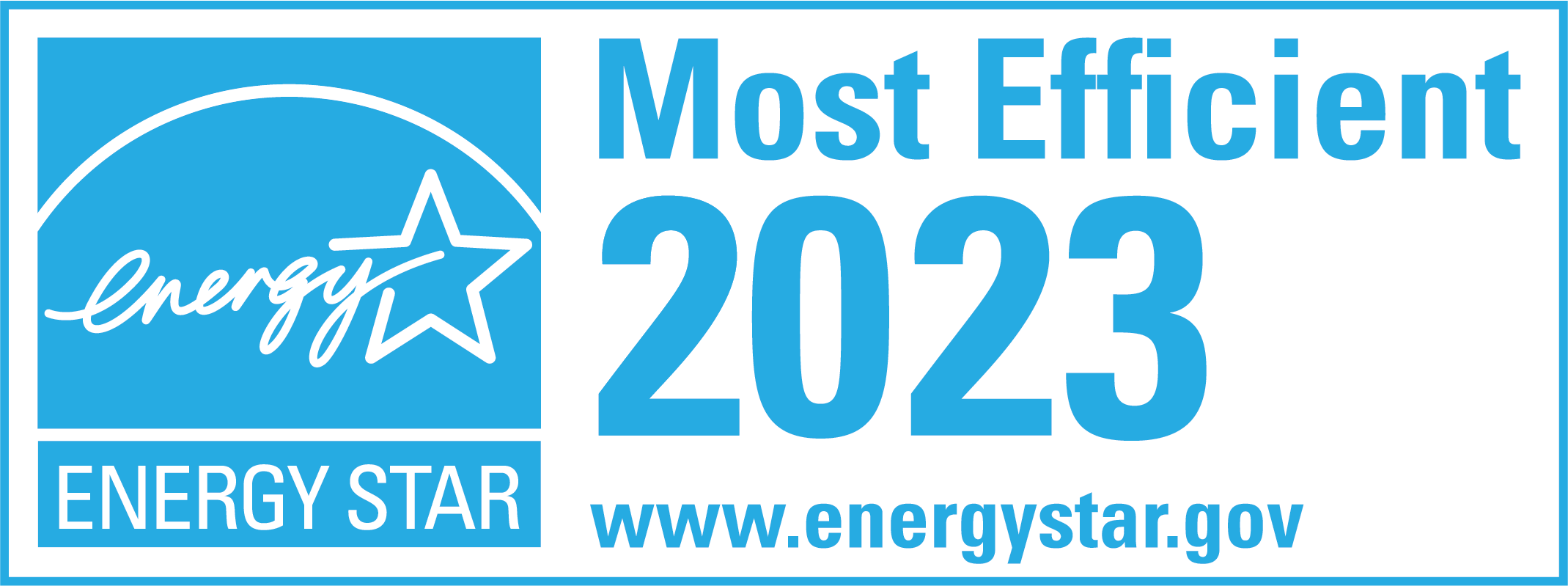What Is The Difference Between Tempered and Annealed Glass?
When it comes to glass, there are many different types available on the market. Two of the most common types are tempered glass and annealed glass. While they may look the same, there are several key differences between the two that you should be aware of. In this article, we’ll take a closer look at the basics of glass production, followed by an explanation of tempered and annealed glass, and finally, a comparison of the two.
The Basics of Glass Production
Glass is a unique and versatile material that has been used for centuries in a wide range of applications. From windows and mirrors to laboratory equipment and smartphone screens, glass is an essential part of modern life. In this article, we will explore the basics of glass production and the key components that make up this fascinating material.
Glass is made by melting silica-based materials at high temperatures. Silica is a naturally occurring compound that is found in sand, quartz, and other minerals. When heated to high temperatures, the silica melts and becomes a liquid. This liquid can then be formed into sheets, molded into shapes, or blown into intricate designs.
Once the glass has been melted, it is often formed into sheets and then cooled quickly to prevent any crystallization from occurring. This process is known as quenching, and it helps to ensure that the glass is strong and durable. Depending on the type of glass being produced, different additives may be added to the mix to modify its properties. Some common additives include boron, magnesium, and calcium.
The Glass Manufacturing Process
There are several different methods for producing glass, each with its own unique advantages and disadvantages. The most common method is the float glass method, which involves pouring molten glass onto a bed of molten tin. The tin supports and cools the glass as it solidifies, creating a smooth and uniform surface. From there, the glass is typically annealed or tempered to improve its strength and durability.
Annealing is a process that involves slowly cooling the glass to relieve any internal stresses that may have developed during the manufacturing process. This helps to prevent the glass from cracking or breaking under stress. Tempering, on the other hand, involves heating the glass to a high temperature and then rapidly cooling it. This process creates a surface layer that is under compression, making the glass stronger and more resistant to impact.
Key Components of Glass
When it comes to glass, there are several key components to be aware of. The first is silica, which is the primary component of all glass. Other components that may be used include soda ash, limestone, and feldspar. These components are often used to improve the glass’s properties, such as its strength, color, or ability to withstand high temperatures.
Soda ash, also known as sodium carbonate, is a common additive that is used to lower the melting point of silica and improve the glass’s workability. Limestone, or calcium carbonate, is used to improve the glass’s chemical durability and resistance to weathering. Feldspar is a mineral that is used to introduce alumina and alkalis into the glass, which can improve its strength and resistance to thermal shock.
Overall, the production of glass is a complex and fascinating process that involves a careful balance of ingredients and techniques. From the ancient civilizations that first discovered the wonders of glass to the modern manufacturing processes that produce the glass products we use every day, this material has a rich and storied history that continues to evolve and innovate.
What is Tempered Glass?
Tempered glass is a type of safety glass that is designed to be stronger and more durable than regular glass. This is achieved by heating the glass to a high temperature and then cooling it quickly. This process, known as tempering, creates a state of high compressive stress in the glass, which gives it added strength.
The Tempering Process
The tempering process involves heating the glass to a temperature of around 620 degrees Celsius and then cooling it down quickly using a process known as quenching. This process creates a state of high compressive stress in the glass, which makes it much stronger and more resistant to impact and thermal shock. As a result, tempered glass is often used in applications where safety is a concern, such as in car windows, shower doors, and skylights.
After the glass is heated, it is rapidly cooled by blowing air onto its surface or immersing it in a cooling liquid. This process causes the surface of the glass to cool and contract more quickly than the interior, creating a state of tension in the outer layer. Meanwhile, the interior of the glass remains in a state of compression. This difference in tension and compression creates a strong, durable material that is resistant to breakage.
Characteristics of Tempered Glass
One of the main characteristics of tempered glass is its strength. Compared to annealed glass, tempered glass is around four to five times stronger. Additionally, tempered glass is more resistant to thermal shock and can withstand higher temperatures than annealed glass. This makes it ideal for use in applications where the glass may be exposed to extreme temperatures, such as in oven doors or fireplace screens.
Like laminated glass, another characteristic of tempered glass is its safety. When tempered glass is broken, it shatters into small, round pieces instead of sharp, jagged shards. This reduces the risk of injury and makes it a popular choice for use in car windows and other applications where safety is a concern.
Common Uses of Tempered Glass
Given its strength and safety benefits, tempered glass is used in a wide range of applications. Some common uses include:
- Car windows: Tempered glass is often used in car windows due to its strength and safety benefits. In the event of an accident, tempered glass will break into small, harmless pieces, reducing the risk of injury to passengers.
- Shower doors: Tempered glass is a popular choice for shower doors due to its durability and resistance to thermal shock. It can withstand the heat and moisture of a shower without breaking or warping.
- Skylights: Tempered glass is often used in skylights due to its strength and ability to withstand extreme temperatures. It can also provide a clear view of the sky without the risk of shattering or breaking.
- Tempered glass tabletops: Tempered glass is a popular choice for tabletops due to its strength and durability. It can withstand the weight of heavy objects without cracking or breaking, making it a practical and stylish choice for dining rooms and other spaces.
In addition to these common uses, tempered glass is also used in a variety of other applications, including building facades, glass railings, and display cases.
What is Annealed Glass?
Annealed glass, also known as float glass, is the most common type of glass that is used in replacement windows. This type of glass is made by slowly cooling molten glass over a period of several hours, which results in a more uniform structure compared to tempered glass. While annealed glass is not as strong as tempered glass, it is still widely used due to its affordability and versatility.
The Annealing Process
The annealing process is a critical step in the production of annealed glass. It involves slowly cooling molten glass over a period of several hours, which helps to evenly distribute any internal stresses in the glass. This process makes the glass more uniform and less prone to cracking or breaking. The cooling process must be carefully monitored to ensure that the glass is cooled at a consistent rate. If the cooling rate is too fast or too slow, it can result in glass that is uneven or prone to breaking.
After the annealing process is complete, the glass is carefully inspected to ensure that it meets quality standards. Any defects or imperfections are removed, and the glass is cut to the desired size and shape.
Characteristics of Annealed Glass
The main characteristic of annealed glass is its affordability. Compared to tempered glass, annealed glass is much cheaper and more readily available. Additionally, annealed glass is also more versatile, as it can be cut and shaped much more easily than tempered glass, making it a popular choice for home décor and construction.
Another characteristic of annealed glass is its optical clarity. Because the glass is made using a slow cooling process, it has fewer internal stresses and is less likely to have distortions or imperfections. This makes it an ideal choice for applications where optical clarity is important, such as windows and mirrors.
Common Uses of Annealed Glass
Due to its affordability and versatility, annealed glass is used most commonly in home windows. Annealed glass can be built in varying shapes and sizes to accommodate a wide range of window openings. Unless your windows require safety glass, the windows will all have standard annealed glass. Annealed glass comes in different thicknesses and strength, but most window glass is double strength.
Comparing Tempered and Annealed Glass
While tempered and annealed glass may look similar, there are several key differences between the two that you should be aware of. These differences include strength and durability, safety considerations, thermal resistance, and cost.
Strength and Durability
When it comes to strength and durability, tempered glass is the clear winner. With its state of high compressive stress, tempered glass is around four to five times stronger than annealed glass. Additionally, tempered glass is more resistant to thermal shock and can withstand higher temperatures.
Safety Considerations
In terms of safety, tempered glass is once again the better choice. When tempered glass breaks, it shatters into small, round pieces instead of sharp, jagged shards, reducing the risk of injury. Additionally, tempered glass is more resistant to impact and is commonly used in car windows, shower doors, and skylights.
Thermal Resistance
When it comes to thermal resistance, tempered glass is also the better choice. Due to its state of high compressive stress, tempered glass is better able to withstand sudden changes in temperature, making it a popular choice for use in ovens, microwaves, and other high-temperature applications.
Cost Differences
The cost difference between tempered and annealed glass can be significant. Generally, tempered glass is more expensive than annealed glass due to the extra manufacturing steps involved. However, for applications where safety is a concern, the added cost of tempered glass is often worth it.
In closing
When it comes to glass, there are many different types available on the market, each with its own unique properties and characteristics. Tempered glass and annealed glass are two of the most common types of glass, with tempered glass being the stronger and safer option, and annealed glass being the more affordable and versatile option.
Please call us at 214-399-9592 with replacement window or glass questions.






